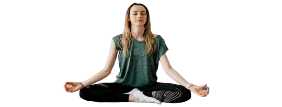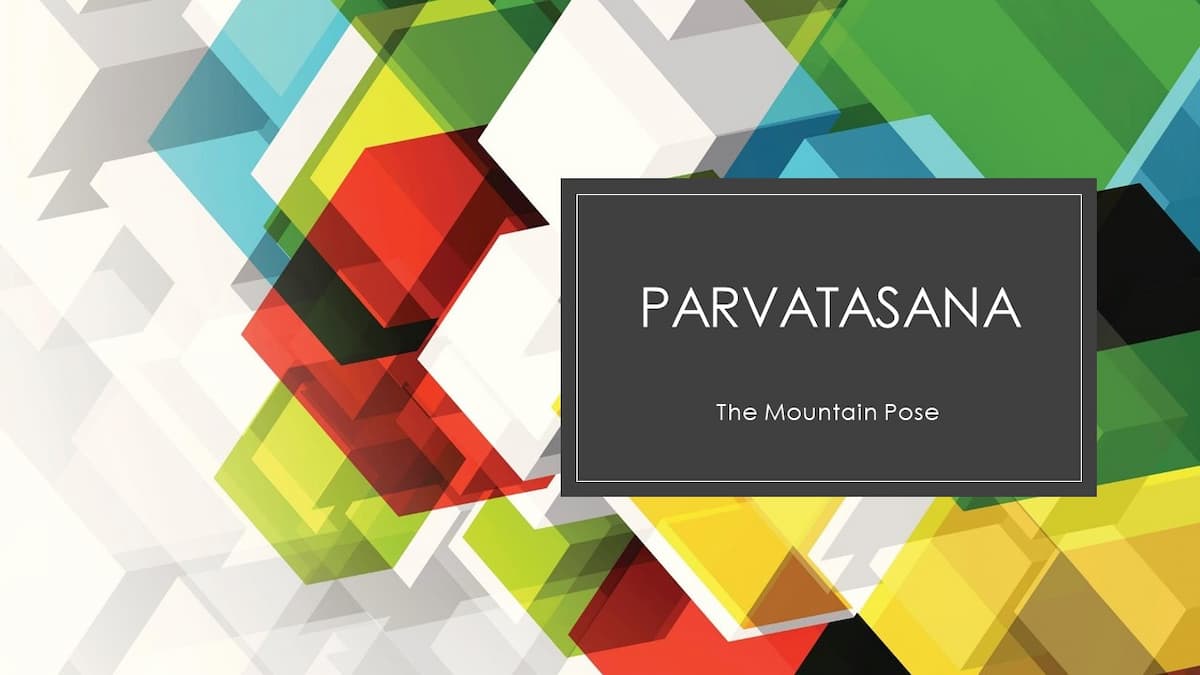Exploring Parvatasana And Its Benefits
Introduction
Parvatasana is a yoga posture with a confused identity. The most familiar Downward Facing Dog Pose is often called by this name. Some yoga traditions call Padma-Parvatasana by this name.
However, let us take the latter one here for our discussion leaving the former to be discussed in a separate article about Adhomukha Svanasana.
Parvatasana Information
| Pose Name | Parvatasana |
| Sanskrit Name | पर्वतासन |
| Name in IAST | parvatāsana |
| English Name | Mountain Pose |
| Difficulty Level | Intermediate |
| Type | Seated Posture |
Parvatasana Meaning
It is the combination of two Sanskrit words: Parvata and Asana. Parvata means a mountain. Asana is a Posture. Hence it is translated into English as Mountain Pose.
The term is a newer one. We could not find this term mentioned in Classical or Medieval yoga texts.
Parvatasana Practice Procedure
Safety and Precautions
This posture involves Padmasana also. Hence the same precautionary measures applicable to Lotus Posture applies to this posture also.
Preparatory Poses
One should prepare himself/herself by taking the practice of the following poses.
- Easy Pose
- Half Lotus Pose
- Lotus Pose
Step By Step Procedure
Step 1
Sit in Lotus Position.
Step 2
With the support of the hands, raise the buttocks off the ground. Straighten up the trunk to stand on the knees. The Head, trunk, and legs ( up to the knee) should be in a straight line.
Step 3
Release the support of the hands slowly. Place the palms of the hands in Anjali Mudra. Fix the eyes on any object in front of you or close the eyes.
Step 4
Keep the position as long as it is comfortable.
Step 5
Release the position. Repeat steps 1 to Step 3 with legs crossed the other way. Keep this position for an equal duration of time.
Duration
Initially, it is possible to keep the final position for ten to fifteen seconds only. In the course of practice, it may be extended for a period of up to one or two minutes.
Advanced Pose Considerations
Instead of placing the hands in front of the chest in Anjali Mudra, one may raise the arm up above the shoulder and put in Anjali Mudra. In this case, the elbows should be straight.
Alternatively, one may raise both arms above the shoulder without putting them together.
Parvatasana Benefits
- This posture helps activate the Sacral Chakra.
- The posture makes the lower part of the spine more flexible.
- It gives gentle pressure to the lower spine. As a result, the nervous system gets a relaxing effect. The mind becomes calm in the performance of this position.
- In the advanced version of raising up the arms, it gives more flexibility to the shoulder region.
- It restricts the blood flow to the lower part of the legs. As a consequence, the organs of the abdomen get nourished. This improves their functions, especially digestion.

